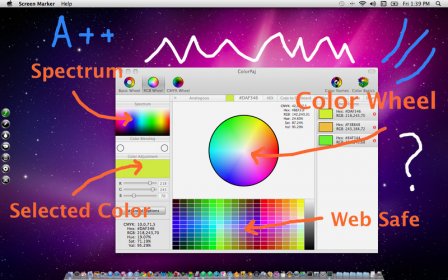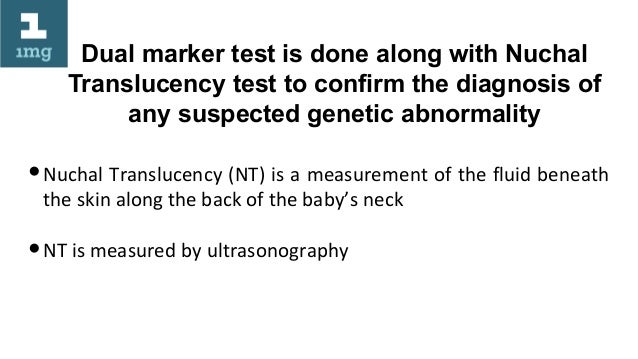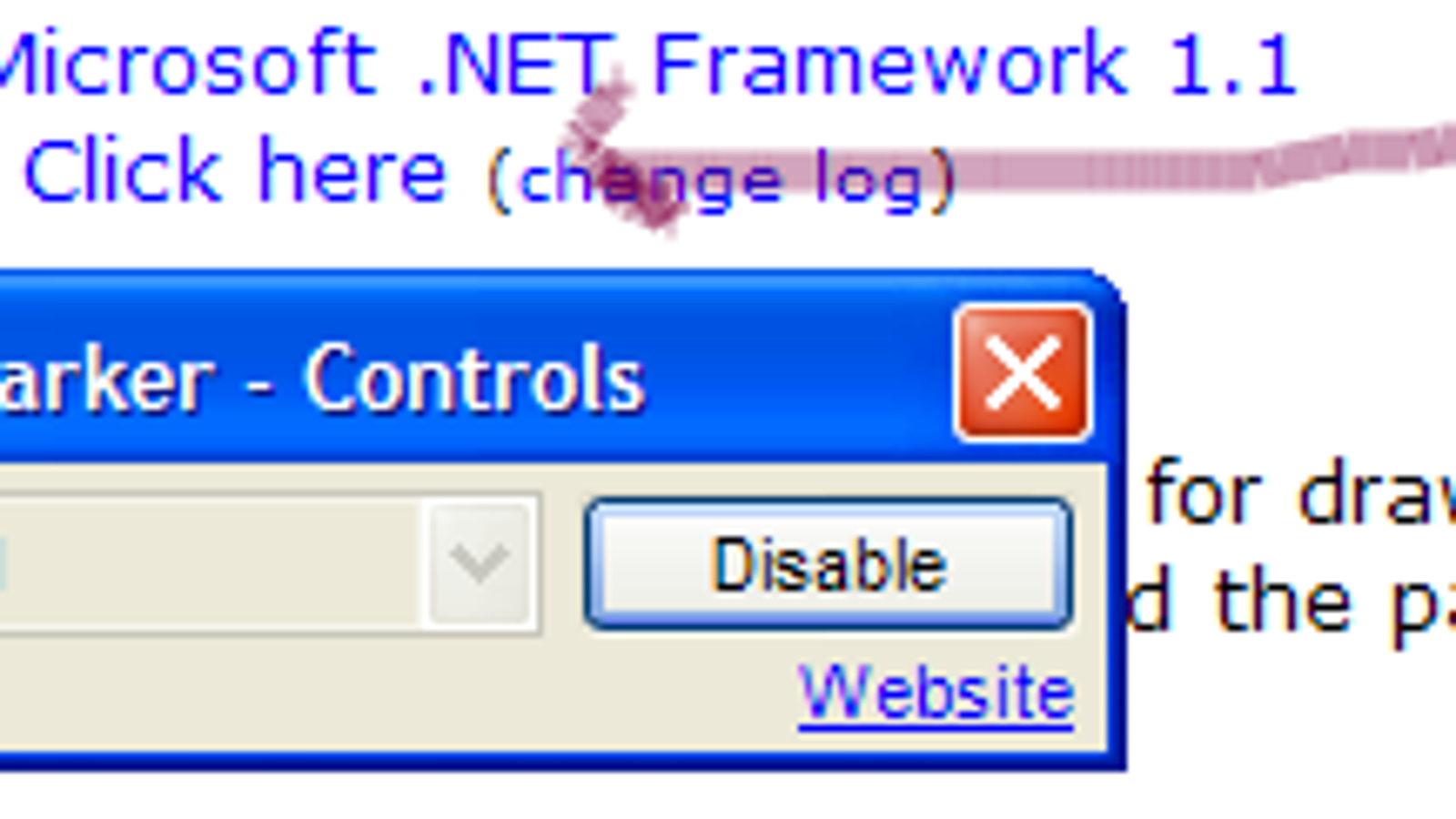


It would be great to know for example what the ratings actually were for I'd especially like to know if those parameters for judging strength are reasonable like SR 1-25 and MSI greater than 3600 being "very strong"? How do these definitions of the acronyms measure up? hook echo, hail spike, v-notch, etc.), what each scan at each tilt looks like, what is the velocity data telling you, and the type of air it's in. Several things I look for are: distance from radar (this will also tell you the height at which you are scanning), any typical radar patterns (i.e. You have to take into consideration more than that. You can't think like that when it comes to radar. Something else: It's not the numbers and letters that make it a good storm to chase. I credit Greg Stumpf for answering this question on the past thread:

I'm guessing that this is the average GTG across all elevation scans. This is the max GTG for all elevation scans in the TVS.ĪVGDV = this is new to me - was not in the NSSL version of the TVS Algorithm (where the WSR-88D version originated). This is the gate-to-gate velocity difference (GTG) at the base of the TVS detection (usually 0.5 degree tilt, but not necessarily). The smoothing is an algorithm as well and thus has downsides.Įdit: Correction, the LLDV, MAXDV, and AVGDV mean the following: The best instrument you have is your eyes.Īlso, get rid of the smoothing. Supercells have a tilted updraft as do other storms, thus offsetting the algorithm.Ī tip: when chasing or using radar at all, start comparing what you see visually to the radar. A tip though this tool needs the background knowledge that storms are not always vertically oriented. I forget entirely what it is because I don't use it a whole lot.

I believe this is used sometimes to detect hail. Same thing with the POSH: Probability of Severe Hail. The estimated hail size is exactly what it is: estimated. Those too you ought to take with a grain of salt. I don't really use those numbers that much. I think AVGDV is the average divergence, the LLDV is the low level divergence, and the MAXDV is the max divergence. Those are not really essential to chasing. I would not worry about the base and tops information. It's similar to naming a hurricane Emily, Andrew, or Ike. Each individual cell has an identifier so the algorithms can keep track of it. Also remember that TVSs can be triggered by mid level rotation too.Ĭell: H8 is the cell identifier. MXSHR is the Maximum Shear indicated by the TVS velocity couplet. Humans judgement greatly overrides any radar algorithm. Any identifier being shown by radar algorithms exist primarily to jump out at the user to say "Hello, there's something here." It's you yourself who has to look at the base data and interpret it. Yes, the TVS is the Tornado Vortex Signature, however take it with a grain of salt. I sincerely appreciate anyone's willingness to explain this to me. But, what I am really interested in is figuring out what all those letters and numbers mean, AND what letters and numbers tell me that it is a good set up. So, how does it know that the heights are at 20400 ft? Well, that's not really an important question here I'm sure I will figure out the answer to that sooner or later. however, this is the base reflectivity 1 and I don't know how far away the radar is from the storm, but I'm pretty sure that BR 1 can't see much higher that about 10,000 feet into the atmosphere even when the storm is about 120 nm from the radar site. means that the echo tops of precipitation are at 20400 ft. like Type : TVS = Tornado Vortex Signature? But what does Cell: H8 mean? Also, I can guess that Top: 20400 ft. So, I can take a guess at a few of these.


 0 kommentar(er)
0 kommentar(er)
